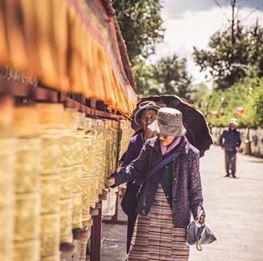How to Visit Shigatse?
- by Eric
- Last Updated: 2025-02-11
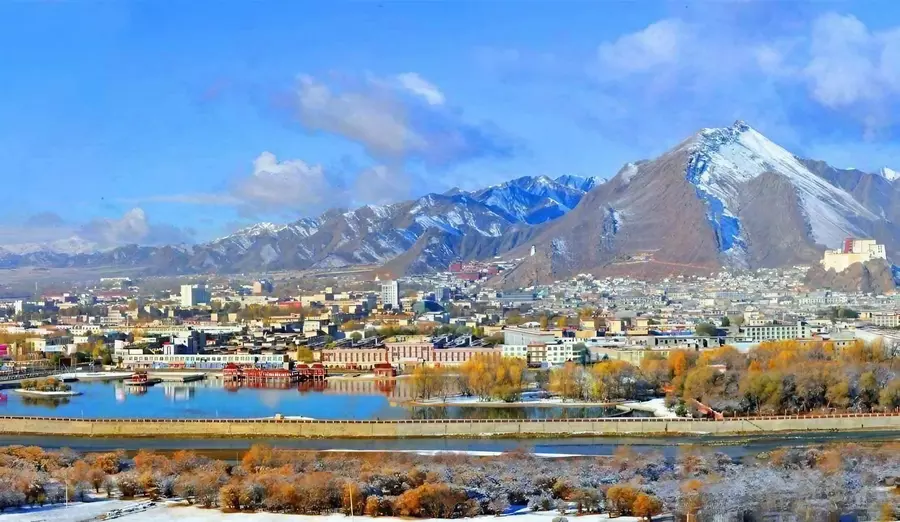
There are five peaks higher than 5,500 meters (18,045 feet) located in the Shigatse Prefecture, including the highest mountain in the world - Mt. Everest, on the border of Nepal and China. That’s why Shigatse Prefecture used to be the most popular stopover for foreigners who traveled to Tibet from Nepal by following the famous Friendship Highway during the past 30 years.
Weather and Climate of Shigatse
Due to the special location, where the Yarlung Tsangpo River and Nyang Chu River gathered together, Shigatse Prefecture has the most fertile land surrounded by high mountains. Coupled with the gentle weather, it formed the best farming area compared with the other prefectures in Tibet. So, the Tibetan people call it “the Rich Manor” as well. The climate of Shigatse is cool and cold, and it belongs to the mountain climate of the plateau. The climate can be divided into winter half-year (November to April of the following year) and summer half-year (May to October). The temperature difference between day and night is large. In summer, the average temperature is 21°C (70F) in the daytime and 10°C (50F) at night. Even in winter, it can be 7°C (50F) when there is sunshine. The annual average temperature is 6.3°C (43.3F). So, it’s a place where you can travel all year round. >> See more about Shigatse Weather
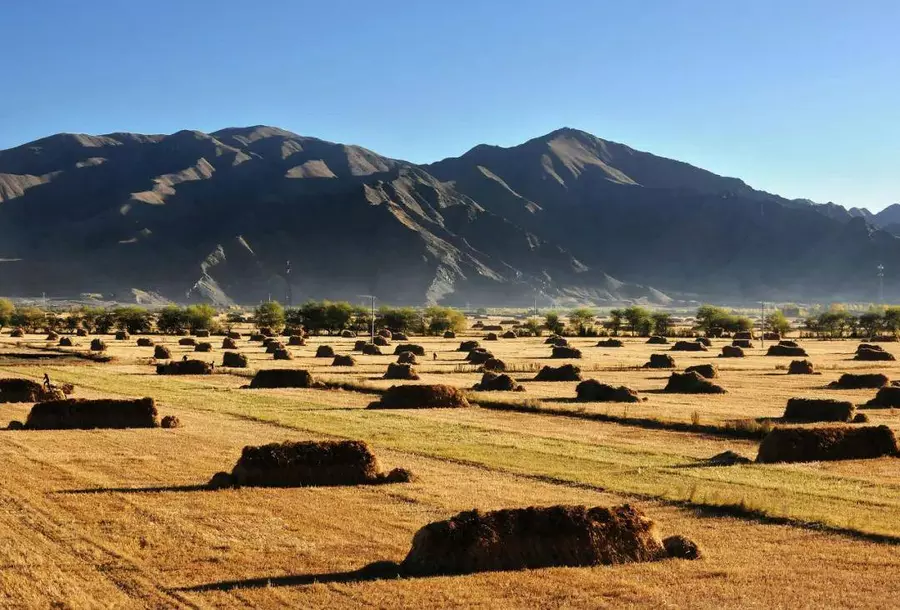
The History of Shigatse
Dated back to the 15th. Century, Shigatse was directly ruled by two Dzongpons (the old leaders of Tibetan tribes) who were appointed by the central government in Lhasa. After that, there was a long-disordered time in the history of Shigatse when it was divided into more than 50 districts called Dzongs, which belonged to different chiefs. This situation lasted for more than five hundred years until 1951 when the Liberation of Tibet occurred, and finally, the Chinese government set up Shigatse Prefecture, formed by one city, Shigatse, and another 17 counties. As the capital city of this prefecture, Shigatse City is 3,848 meters (12,625 feet) above sea level and has a population of over 100 thousand, which makes it no doubt the political, economic, and religious center of Shigatse Prefecture. Above all, it’s also the seat of Panchen Lama, the second most important spiritual leader in Tibetan Buddhism who comes after Dalai Lama.
Attractions in Shigatse
Shigatse is a city with a strong religious atmosphere, with numerous monasteries and temples. The people here are extremely pious. Whether walking on the street or in the temples, you can see Tibetan women and men holding prayer wheels everywhere. Besides visiting the monasteries, most travelers will also go to witness Mt.Everest, the highest mountain in the world.
Tashilhunpo Monastery
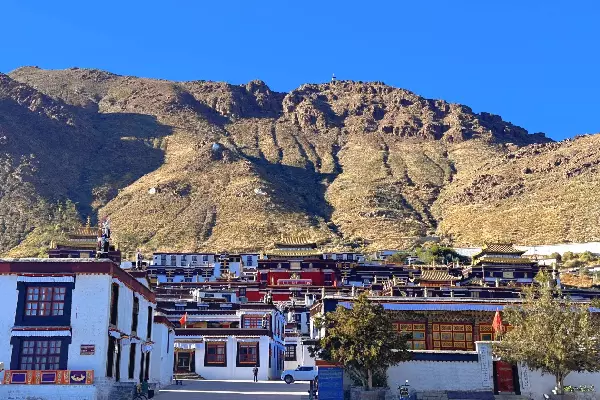
Tashilhunpo Monastery is the largest monastery in Shigatse Prefecture and one of the top four Gelugpa Tibetan Buddhist monasteries in Tibet, which was built in 1447. The other three are all in Lhasa City, Drepung, Sera, and Ganden. As the home of Panchen Lama, it used to have thousands of monks. Up to now, around 600 monks are still living there. The funerary stupa of the first Dalai Lama, the only one not entombed in Lhasa, is honored in the monastery. Besides, there is a giant statue of the Maitreya Buddha with a height of 26.2 meters, which is the highest cupreous sitting Buddha in the world. >>See more about Tashilhunpo Monastery
Shalu Monastery
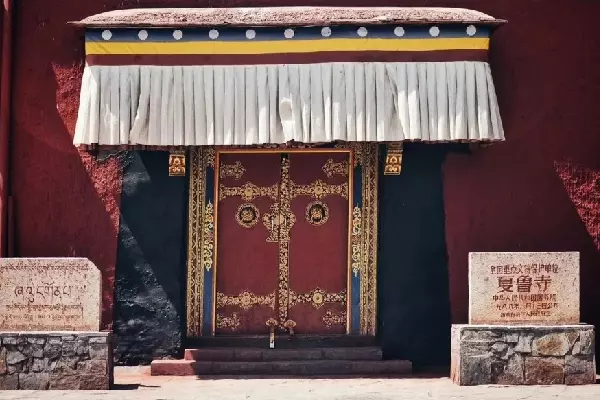
Shalu Temple is located in a mountain col in the southeast of Shigatse City, about 26 kilometers from downtown Shigatse. The current Shalu Temple complex is basically preserved from the Yuan Dynasty. And it's one of the best-preserved early monasteries in Tibet. The entire building is a Tibetan-style palace and a Han-style roof. It is a combination of traditional Tibetan forms and inland structural shapes, which look unique and special. There are four most precious treasures passed down from generation to generation, namely, sutras made of sandalwood, holy water encapsulated in a copper altar, a stone basin used by Chetsun Sherab Jungnay to wash his face, and a cornerstone engraved with six-character mantras. >>See more about Shalu Monastery
Sakya Monastery
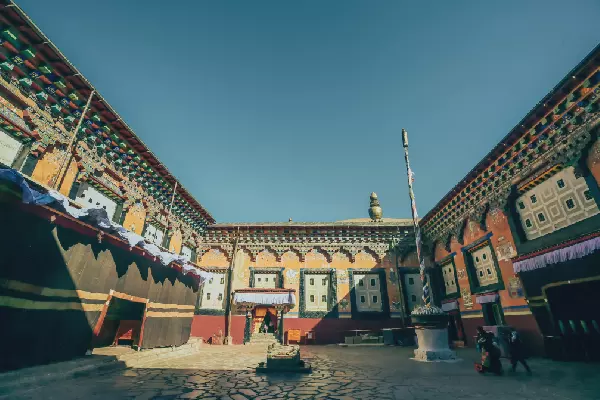
Sakya Monastery is located in Sakya County, about 180 kilometers south of Shigatse City, between the Kailas Range and the Himalayas. It has a history of more than 900 years. Because there are countless treasures and cultural relics in the monastery, including a large number of murals, statues and scriptures, it enjoys the reputation of "Second Dunhuang". In history, the Sakya Monastery was once as famous as the Potala Palace and the Samye Monastery. It's the main temple of the Sakya Sect of Tibetan Buddhism. >>See more about Sakya Monastery
Mount Everest
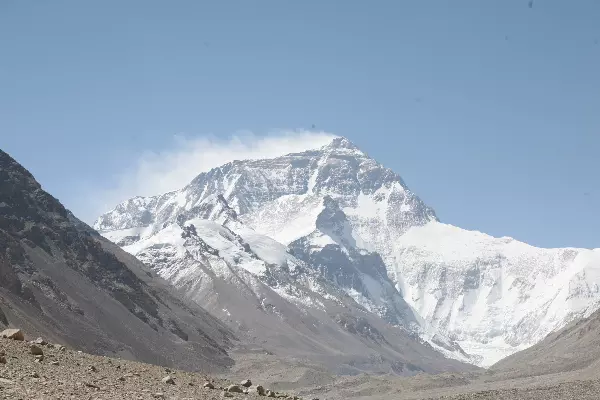
If you are traveling to Shigatse, it's definitely worth visiting Everest Base Camp. At an altitude of 8844.43 meters, it is the height that many mountaineering enthusiasts want to challenge all their lives. Even if ordinary tourists cannot climb, they can come to Everest Base Camp - the foot of Mt. Everest, to admire its appearance. Whether the Golden Summit in the early morning, the starry sky at night, or the flag clouds of Mount Everest viewing from Jiawula Pass, you will surely be amazed by the sacredness of Mount Everest. >>See more about Mt.Everest
Sangzhutse Dzong
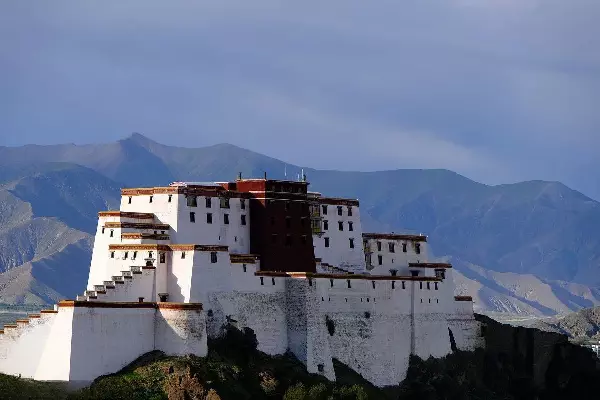
Built in 1360, Sangzhutse Dzong is located on a mountain north of Shigatse City. It's also called “Little Potala Palace” because it looks like the Potala Palace in Lhasa. However, according to historical records, Potala Place took Sangzhutse Dzong as a building template. From a distance, the red and white walls of Sangzhutse Dzong are very conspicuous under the sun, and you can view its magnificent figure even far away. No matter before or now, Sangzhutse Dzong is one of the landmarks of Shigatse and has played an important role in history. From the 14th century to the 15th century, the Nedong Dynasty built a total of 13 dzongs and Sangzhutse Dzong was the last one. Therefore, its architectural skills are more sophisticated, its scale is the largest, and its appearance is the most beautiful. Due to the high terrain, you can get a great view of Shigatse City from here. >> See more about Sangzhutse Dzong
Related Articles
- How to Complete Mount Kailash Trek?
- Everest Expeditions
- Where is Mount Everest Located
- 30 Interesting Facts About Mount Everest
- Tibet Spiritual Vacations
- Shigatse Attractions
- Ultimate Guide about Teahouse Trekking in Nepal
- Tibet Trekking Map
- Rongbuk Glacier
- Narthang Monastery
Email response within 0.5~24 hours.


